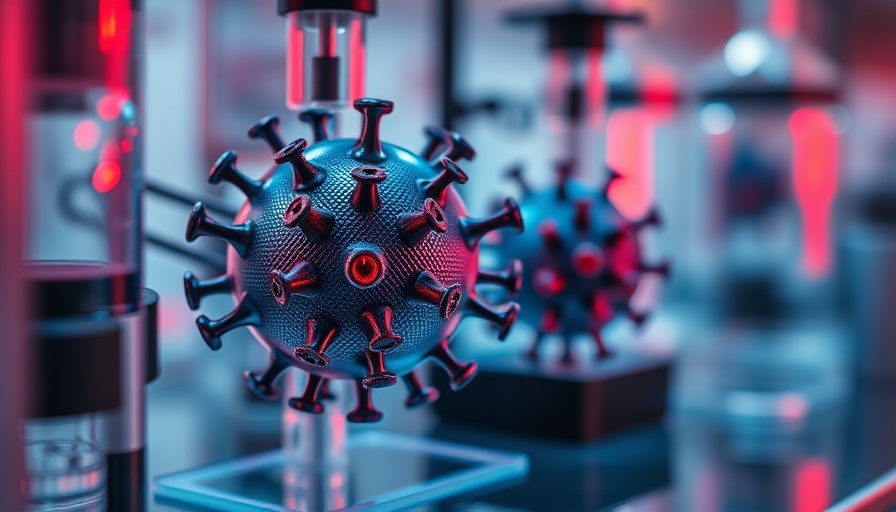
The Surge in Renal Cancer: Why Personalized Treatment Matters
As the incidents of renal cell carcinoma (RCC) continue to rise, the quest for effective treatment strategies becomes increasingly urgent. Kidney cancer, particularly RCC, presents unique challenges, with many patients experiencing limited responses to traditional chemotherapy. This is exacerbated by the vast variability in tumor behavior and the genetic changes that often render common therapeutic approaches less effective over time. Understanding these dynamics is crucial for developing innovative, personalized treatments that cater to each individual's tumor characteristics.
Unpacking 3D Bioprinting: A Game-Changer in Cancer Therapy
The breakthrough from Tsinghua University, which utilizes 3D bioprinting to create patient-derived kidney tumors, marks a significant milestone in cancer research. By replicating the unique characteristics of a patient's tumor using their own cells, this method offers a more reliable model for studying cancer. Unlike traditional lab models that may lack realism, these organoids maintain the genetic and phenotypic traits of actual tumors, enabling researchers to conduct more meaningful tests and derive insights that could lead to targeted treatments.
Clinical Implications: Personalized Therapies on the Horizon
One of the most remarkable aspects of this research is its potential to significantly reduce the time required to identify effective therapies. By utilizing organoids to simulate tumor responses to various treatments, doctors can select the optimal drug for each patient more swiftly. This not only reduces the trial-and-error phase associated with current treatment methodologies but also enhances the likelihood of achieving successful outcomes in patients with RCC. The rapid production and testing capabilities of 3D-printed tumors may usher in a new era of personalized medicine for kidney cancer that has not been previously feasible.
Challenges Ahead: Navigating Future Research
Despite these promising advancements, challenges remain in the integration of this technology into clinical settings. Researchers will need to address questions regarding the scalability of this approach and ensure its reproducibility across different facilities and populations. Additionally, the need for standardized processes will be critical to validate these findings and implement them effectively in hospitals around the world.
Anticipating the Future of Cancer Treatment
Current trends suggest that the future of cancer treatment will increasingly lean towards personalized medicine. As technologies like 3D bioprinting mature, we can anticipate more tailored and effective approaches to treating various types of cancer. The insights gained from organoid testing could also influence how other cancers are understood and treated, potentially leading to groundbreaking findings across the medical field.
Conclusion: The Importance of Staying Informed
As we observe continued advancements in cancer research, it is essential for patients, healthcare professionals, and the public to remain informed about developments that could change treatment landscapes dramatically. The advent of 3D-printed tumors signifies a step forward in arming physicians with better tools to combat cancer, providing hope for millions affected by RCC and beyond. To stay ahead of cancer treatment advancements, subscribe to updates and engage with ongoing research.
 Add Row
Add Row  Add
Add 




Write A Comment